Rats
Rats in Minnesota will usually always live in close association with people in urban areas, suburban areas, farms, sewers and river bottoms. We deal with rat issues in and around homes, warehouses, stores, restaurants and farms. The most common of these to deal with rat issues is farms and grain elevators where they burrow around grainerys, silos, livestock areas and buildings.
Rats will feed on nearly any type of food but prefer nuts, fruits, grains, meats and fish. Rats are considered to be nocturnal but will be seen during daylight hours specially in cases involving severe infestations. Rats have poor vision relying on very sensitive hearing, smell and touch.
Rat infestations can grow quite rapidly. Rats give birth to between 6 and 12 young. Rats are born 21 to 23 days after conception. Rats take 3 months to reach reproductive maturity.
It is estimated that rats cause between 500 million and 1 billion in economic losses each year in America.
Inspection
Rat inspections include finding burrows and nesting areas, identifying trails and pathways, identifying sanitation problems that could be contributing to the problem. Identifying food and water sources.
Treatment
Every rat infestation is unique to its location and severity. To properly exterminate rats all sanitation issues and clutter should be eliminated. Food sources should be eliminated when ever possible by removing the source or preventing the rats access by exclusion. Indoors traps are used to control rats. Outdoors we have dusts that can be applied to burrow areas and edible baits that can be used in bait stations to control rat populations and eliminate them.
Prevention
Poor sanitation and access to food and garbage are the cause of many rat infestations. Make sure dumpsters remain closed and do not have holes that could allow for rats to access them, pet food areas and kennels must be properly maintained, removing clutter around homes and buildings aids in treatment and in preventing and identifying infestations. Buildings should be rat proofed sealing all entry points 1/4 of an inch or larger to exclude both rats and mice.
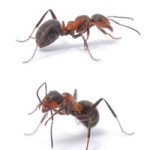 Ants
Ants Asian Beetles
Asian Beetles Bats
Bats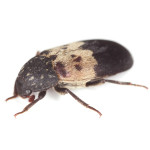 Beetles
Beetles Box Elder Bugs
Box Elder Bugs Centipedes
Centipedes Cockroaches
Cockroaches Fleas
Fleas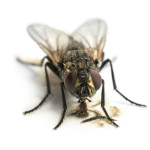 Flies
Flies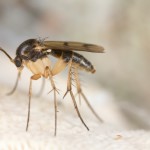 Gnats
Gnats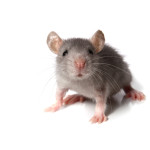 Mice
Mice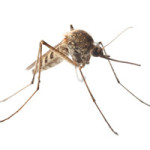 Mosquitoes
Mosquitoes Raccoons
Raccoons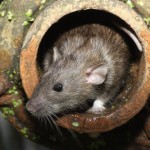 Rats
Rats Skunks
Skunks Spiders
Spiders Squirrels
Squirrels Wasps and Hornets
Wasps and Hornets